https://openlab.citytech.cuny.edu/spevackcomd1100fa2017/2017/12/11/colorpairings-phase-1-3/
This project made me really use my eye muscles. At first it was difficult to see a change in value or hue. After training my eyes, and knowing more about the theory of color, it was easier to identify. This skill will definitely help me out in the future projects and gives me a more open mind when it comes to color. Everything isn’t always what it seems, Thanks Professor Jenna.


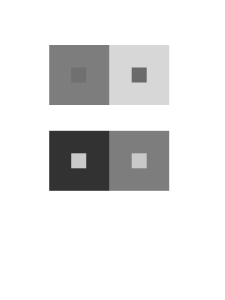



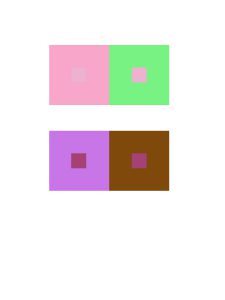

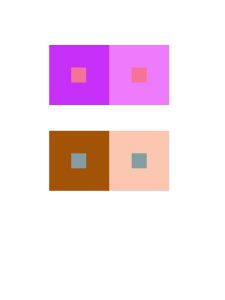
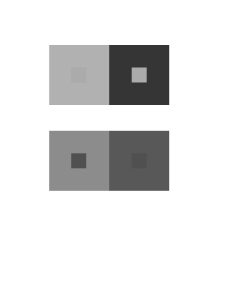
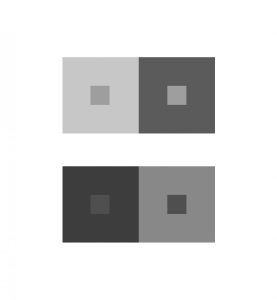
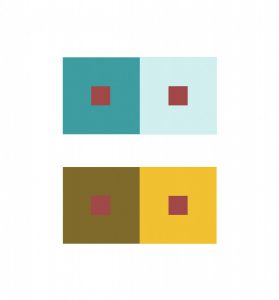
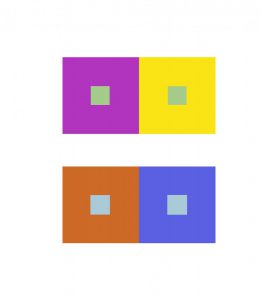
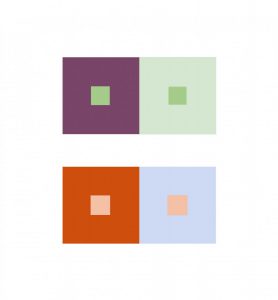



Recent Comments